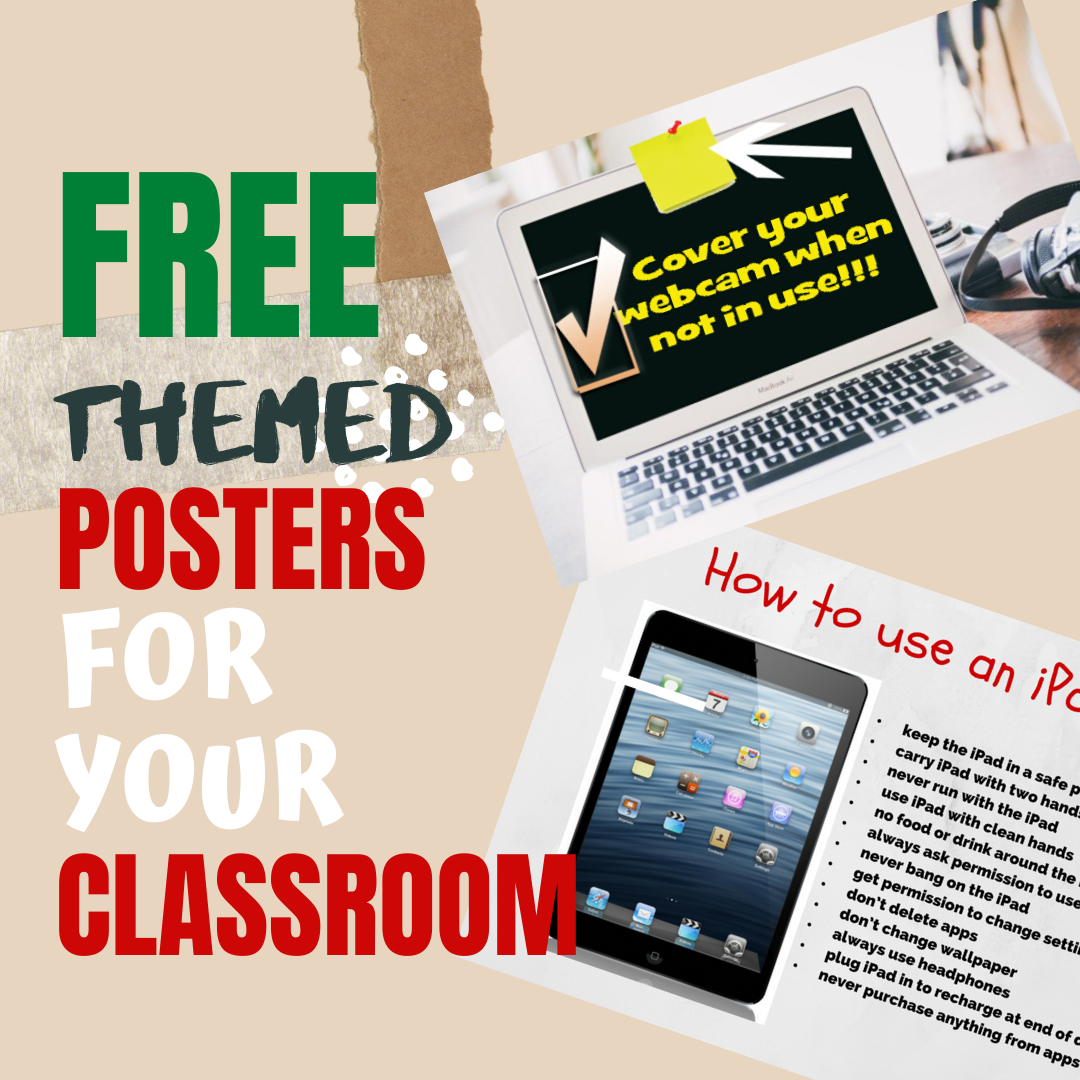 It used to be simple to post grades. Add up the test scores and see what the student earned. Very defensible. Everyone understood.
It used to be simple to post grades. Add up the test scores and see what the student earned. Very defensible. Everyone understood.
It’s not that easy anymore, especially in technology. Here are all the factors I take into consideration when I’m posting grades:
- Does s/he remember skills from prior lessons as they complete current lessons?
- Does s/he show evidence of learning by using tech knowledge in classroom or home?
- Does s/he participate during class discussions?
- Does s/he complete class goals?
- Does s/he save to their network folder?
- Does s/he try to solve tech problems themselves before asking for teacher help?
- Does s/he use core classroom knowledge (i.e., writing conventions) in tech projects?
- Does s/he work well in groups?
- Does s/he use the internet safely (we focus on digital citizenship)?
- Does s/he [whichever Common Core Standard is being pursued by the use of technology. It may be ‘able to identify shapes’ in first grade or ‘able to use technology to add audio’ in fourth grade]
- Does s/he display creativity, critical thinking in the achievement of goals?
- Has student progressed at keyboarding skills?
- Anecdotal observation of their learning (this is subjective and enables me to grade students based on effort)
- Grades on tests, quizzes, projects
What do you use that I haven’t mentioned? I’m already thinking ahead to the next grading period.
More articles on assessing tech:
Dear Otto: How do I assess a project like Movie Maker?
5 Strategies to Assess Student Knowledge
Dear Otto: How do I prepare students for PARCC Tests?
Jacqui Murray has been teaching K-18 technology for 30 years. She is the editor/author of over a hundred tech ed resources including a K-12 technology curriculum, K-8 keyboard curriculum, K-8 Digital Citizenship curriculum. She is an adjunct professor in tech ed, Master Teacher, webmaster for four blogs, an Amazon Vine Voice, CSTA presentation reviewer, freelance journalist on tech ed topics, contributor to NEA Today, and author of the tech thrillers, To Hunt a Sub and Twenty-four Days. You can find her resources at Structured Learning.





































Does the student evaluate digital information from searches, consistently and adequately properly cite resources? Do the use key words in searches efficiently and take advantage of more sophisticated search combinations?
Printing: Dose the student seek to conserve printing resources, choose appropriate sizes for images, minimize darker backgrounds when printing object, crop when appropriate, solve printing difficulties?
Does the student protect personal/private information for themselves and others
Great additions, Larry. That detail is a great way to unpack the assessment detail, and scaffold one assessment topic year-to-year as students become more accountable for their learning.
It’s not at all about explicit learning of technology skills. Emphasis should be using technology to build products, ie web pages, digital stories, blogs, etc. that exhibit understanding of math, science, history, etc. content. Using gaming to learn programming, math, science etc. The focus then is on solving problems in creative ways and not so much on keyboarding, and other rudimentary tech skills.
Absolutely. Well said. the day when technology was a pull-out are past. Now it’s a tool to scaffold all learning. Thanks for the comment, Dr. Bob.